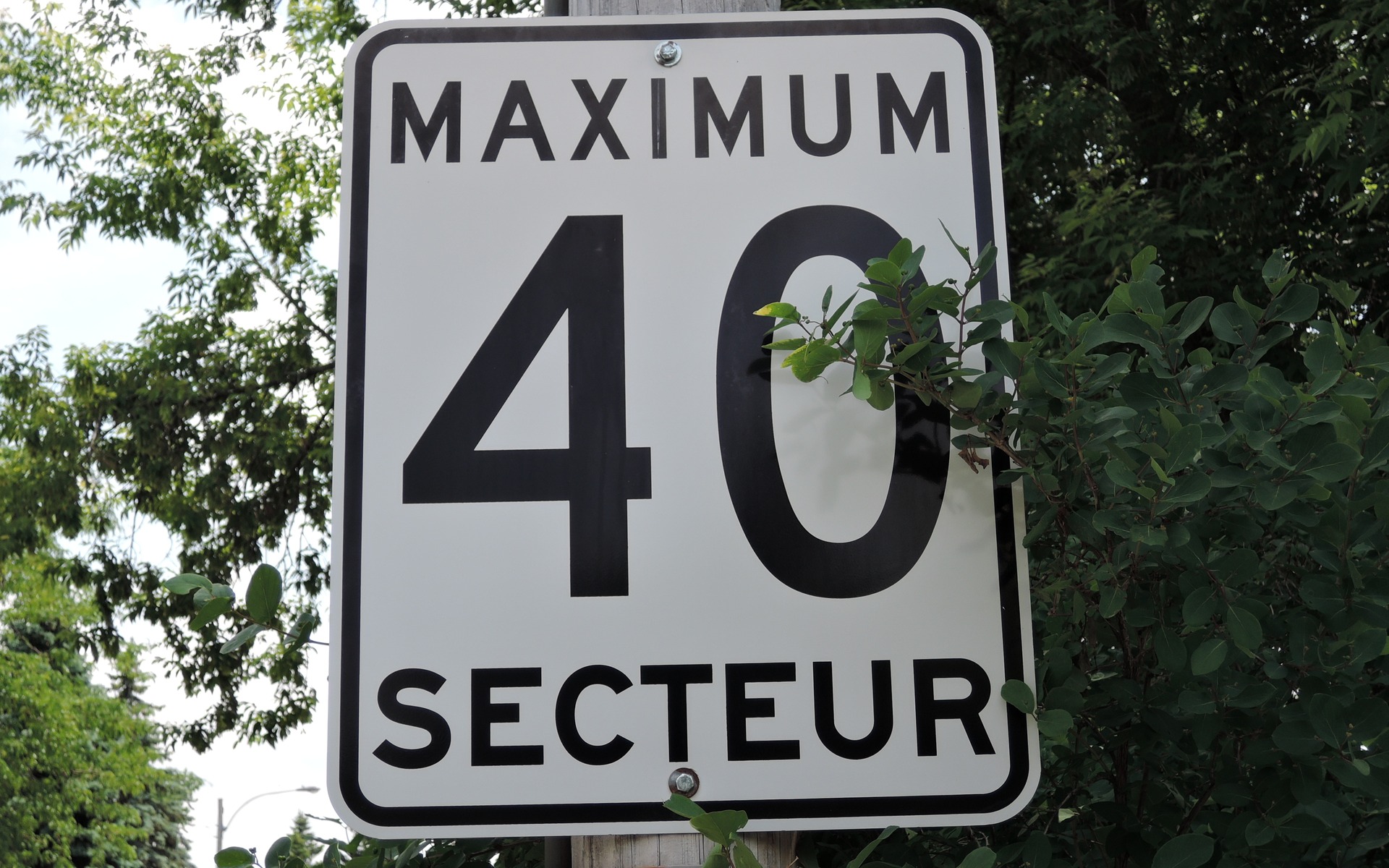Are Speed Limits Too High Or Too Low?
Elected officials are pushing to reduce speed limits in many major cities. The average limit in Canadian urban centres is 50 km/h, but speeds are increasingly being restricted to 40 km/h in certain areas. Many drivers are against the changes, arguing that cars are now more solid, reliable and safer than ever before. In their view, these enhanced characteristics mean that lowering urban speed limits is unwarranted.
Others believe that the change in regulation is simply a ploy to generate more speeding tickets. The debate may be far from over, but it remains a fact that drivers are regularly exceeding speed limits in residential areas, leading to accidents that are sometimes fatal. The idea behind lowering the speed limit is to encourage drivers to slow down and pay closer attention to the way they drive.
Highway speed limits are another bone of contention. From coast to coast, limits vary from 90 km/h (Prince-Edward Island) to 120 km/h (British Columbia), with the other provinces having 100 or 110 km/h as their top speeds. Drivers, however, regularly ignore the posted limits and studies have shown that the average speed on our highways is 120 km/h. Here’s a fun fact: highway speed limits were actually higher in the 1960s, but they were cut during the 1970s energy crisis as a fuel-saving solution.
The trend in industrialized countries around the world is to reduce highway speed limits for safety reasons. While cars may be safer than in the past, they’re also more numerous, and heavy traffic is prompting legislators to lower limits in a bid to save lives.







